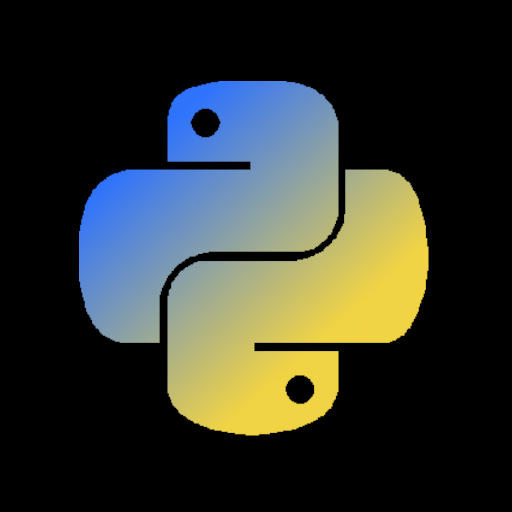

It’s generally conspicuous consumption, where the main point is to flaunt wealth.
Functional aspects like how well an engine runs or a clock displays time are part of that, as poorly functioning but expensive-looking stuff is generally derided, but you also can get great-working stuff that doesn’t look flashy.








Is the GSM2 network still functioning? I think here it was shut down so the frequencies could be reused for 5G